
Nothing special, just history, drawings of historical figures in some… er… non-canonical relationships and fun! 🥂25 year old RussianHe/him
258 posts
Good Morning, Day, Evening Or Night To You, Honourable Ladies And Gentlemen!
Good morning, day, evening or night to you, honourable ladies and gentlemen! 🌹
Now that’s a “long time no see”… 👋
Due to overall exhaustion I’ve stoped sharing pretty pretty much anything here on Tumblr, including pieces of information on the matter I’ve grown so fond of - Austrian affairs during the age of Revolutionary and Napoleonic wars.
Almost a year ago I’ve started this blog with a particular idea in mind and I’m still quite passionate about the whole subject! It brings me joy and gets combined naturally with an irresistible urge to depict historical characters who played fairly active roles during that fascinating period of time.
That’s why I’d love to slowly get back on track with a spontaneous artwork I finished last month (well, it’s just that his Birthday is on the 5th of September…)!
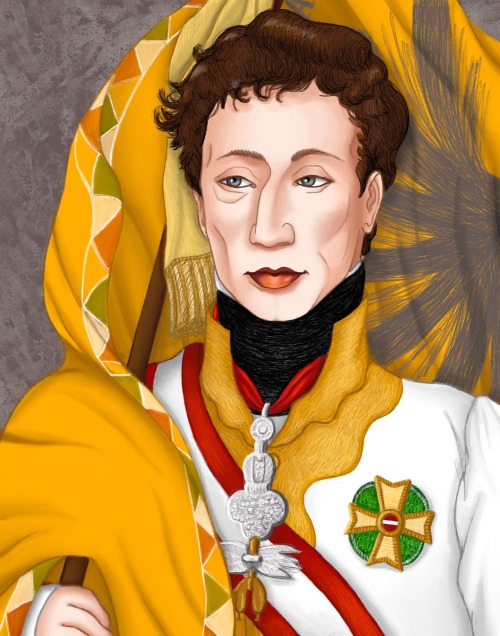
It features one of the major figures in the Napoleonic war history - erzherzog Karl von Österreich-Teschen, younger brother of emperor Franz, a capable military commander and responsible administrator who put into practice many essential reforms of the Imperial military apparatus. Later they played an important role in getting Habsburg’s monarchy through the upcoming age of many gales and trials. 🌪️
Unfortunately, the War of 1809 by and large ended his career in the army. Still for a long time he remained one of the key figures in Habsburg’s imperial court, enjoyed a relatively happy life… and got much more opportunities to face omnipresent chancellor Metternich! Naturally. 😅
All in all, one more wholesome historical character to go! 🤲🇦🇹
And since I brought a picture I’m really proud of, I also want to put an informative cherry on top of an illustrative cake - to share a local comical situation featuring the archduke himself. I discovered it while getting familiar with the documents of another prominent Austrian military man…
You can probably guess what’s his name is!
.
.
.
Yep, it’s a fragment from the field-marshal Schwarzenberg’s letter (however, he was only field-marshal lieutenant at the time) written in the summer of 1806, when he had traveled from his precious Bohemian Worlik-estate to Vienna due to some personal matters and the capital greeted him with… a “tempting” proposal that he personally despised. 😬
"I came yesterday before noon, having made a favorable journey without unfortunate complications. I immediately informed the Archduke [Karl] of my arrival, who told me that I should expect a promotion that would be offered to me by the order of the emperor; then I described to him in the most expressive colors the disgust that this fatal post (the post of the Kaiser’s general-adjutant) causes in me. However, he [the Archduke] insisted rather coldly as the emperor himself wished this appointment. Therefore, I had no choice but to explain myself to His Majesty.
This morning I had gone to an audience, where I was received with extreme courtesy, beyond what I could count on. The Emperor took kindly all my reasons and found beyond doubt complete and inevitable demarche of my health. By doing so, he [Emperor Franz] made me hope that he would eventually come into my terms. And at this moment I returned from the Archduke, who told me that the emperor had spoken of me with great praise in his presence and was going to please me with a handwritten notice sent from Baden [a small resort town located not far from Vienna, favoured by those who served in the capital]. It (this very document) is the evidence of my incredible luck.
Tomorrow I expect to go to Baden, where I’ll meet Fanny, as well as Count Wrbna - to discuss all the pressing matters..."
And that’s how prince Karl spared himself from all the additional court routine that would have undoubtedly come with such post. 💦
Perhaps, his graceful allures sown the first seeds of emperor Franz’ animosity towards him that took roots in following years… But at that time Schwarzenberg certainly was the happiest man alive who could get back to his lovely family as soon as possible.
Thank you for your attention as always! 🌺
Vielen Dank~
-
 chevi46772 liked this · 9 months ago
chevi46772 liked this · 9 months ago -
 koda-friedrich liked this · 2 years ago
koda-friedrich liked this · 2 years ago -
 joachimnapoleon liked this · 2 years ago
joachimnapoleon liked this · 2 years ago -
 werewolfetone liked this · 2 years ago
werewolfetone liked this · 2 years ago -
 petersblackcar liked this · 2 years ago
petersblackcar liked this · 2 years ago -
 lordcastaway liked this · 2 years ago
lordcastaway liked this · 2 years ago -
 impetuous-impulse liked this · 2 years ago
impetuous-impulse liked this · 2 years ago -
 longtimewish liked this · 2 years ago
longtimewish liked this · 2 years ago -
 tairin liked this · 2 years ago
tairin liked this · 2 years ago -
 northernmariette liked this · 2 years ago
northernmariette liked this · 2 years ago -
 uby-victor reblogged this · 2 years ago
uby-victor reblogged this · 2 years ago -
 uby-victor liked this · 2 years ago
uby-victor liked this · 2 years ago -
 usergreenpixel liked this · 2 years ago
usergreenpixel liked this · 2 years ago
More Posts from Count-lero
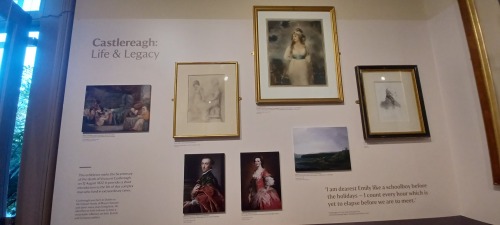
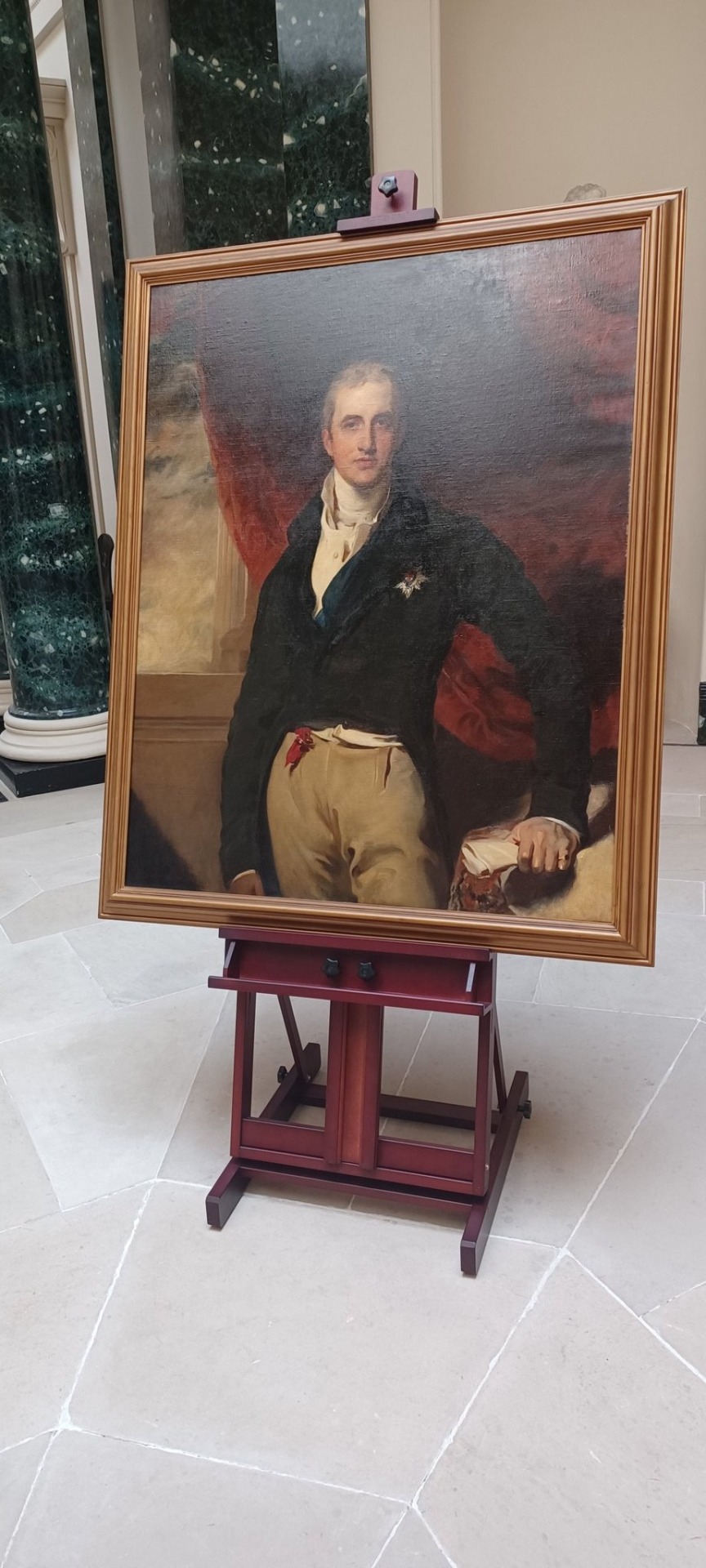
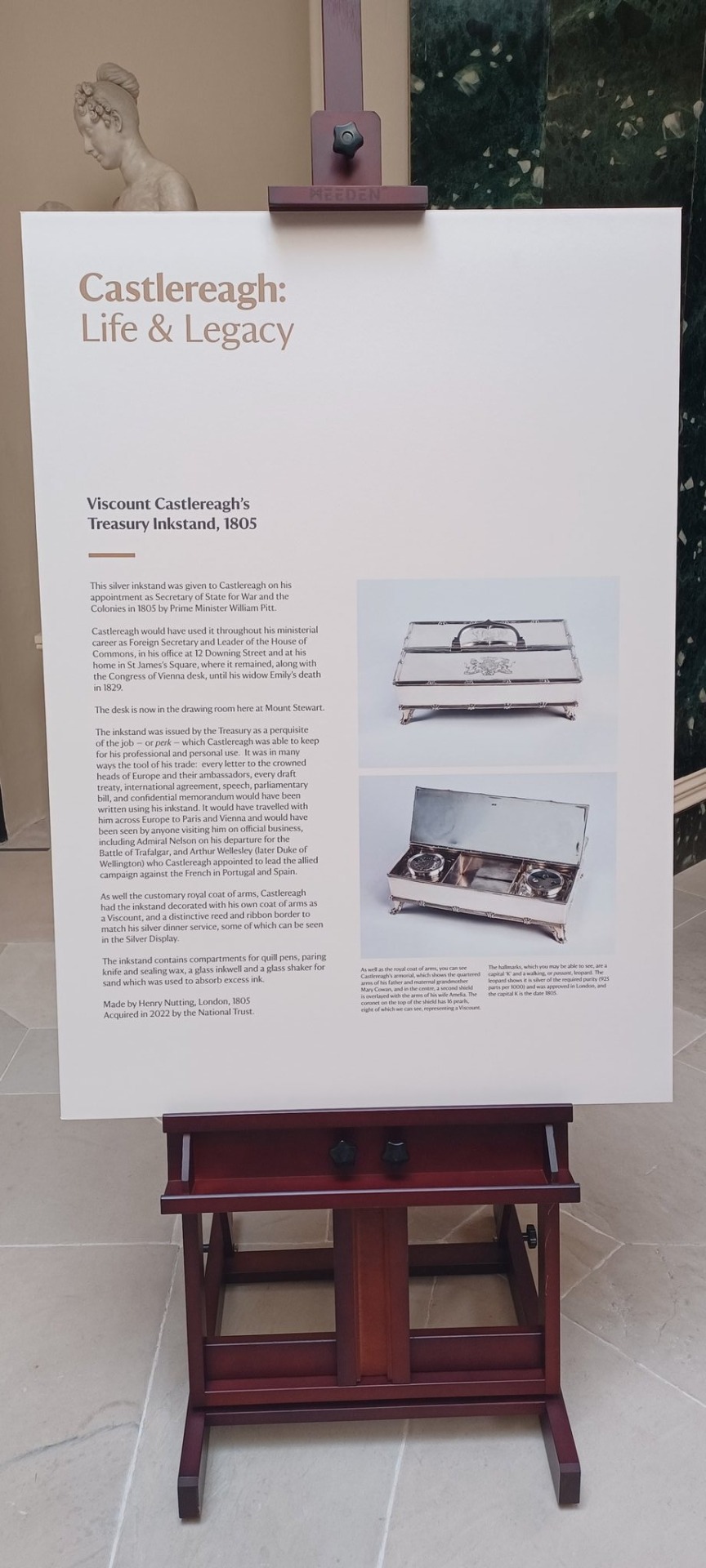
pictures from National Trust’s exhibition of Lord Castlereagh (credit @/karendouglas_NI on twitter)
Well, Fouché ✨🪷


Schwarzenberg: Have any of you ever just stopped and wondered how we‘re still alive?
Blücher: Oh yeah.
Wellington: All the time.
Metternich: By all likelihood we really shouldn‘t be.
Now we expand, part 2/? being the disaster that is
Canning
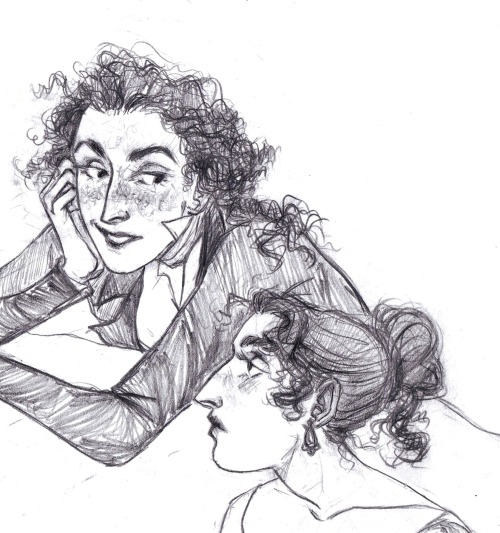
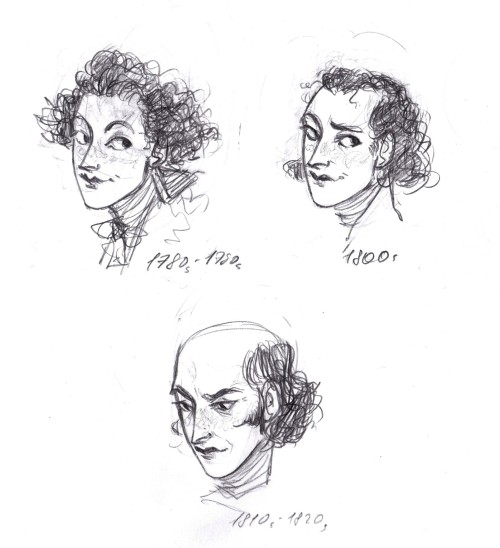
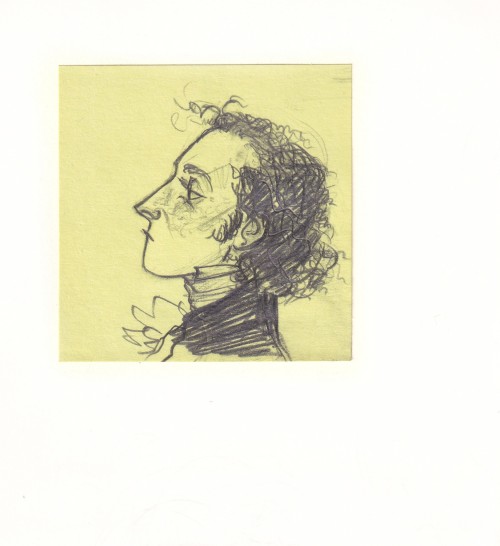
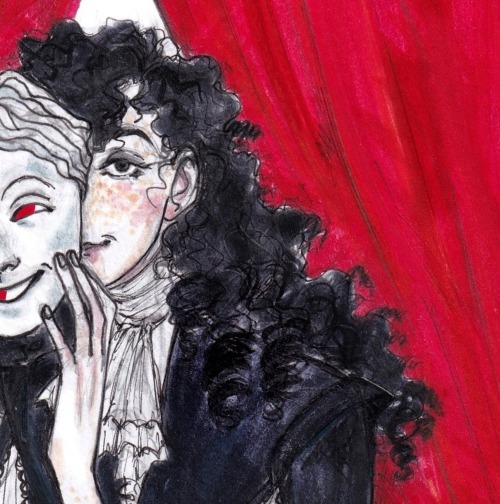
You know, war crimes
My Trip to Austerlitz (pt. 1)
The sequel to last week’s My Trip to Koniggratz! expect pictures of museums, fields, and heavy MilHist nerdery.

The battle of Austerlitz was fought near Slavkov in what is now the Czech Republic on 2 December 1805 between Napoleon’s French Grande Armée (c. 70,000 strong) and the allied forces of Russia and Austria (c. 90,000). It is generally considered Napoleon’s greatest victory.

The battlefield is big, stretching over thirteen kilometres and incorporating half-a-dozen villages. The main feature is a low ridgeline known as the Pratzen Heights, and the village of Pratzen itself, which sits at its base. There’s a museum on the heights dedicated to the battle.
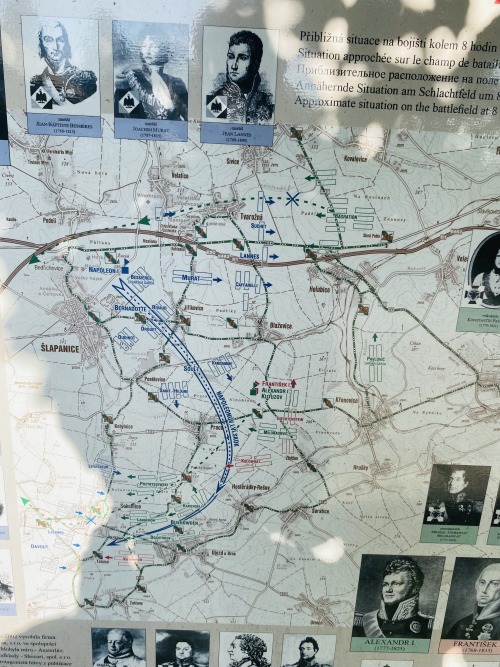

Needless to say, it has the obligatory uniforms.

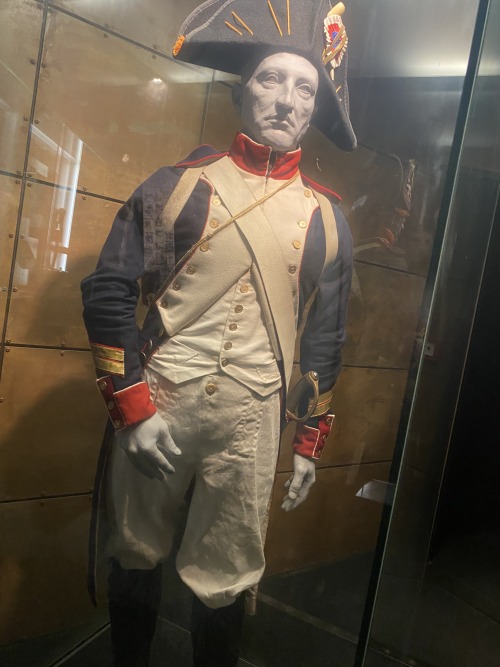


And the obligatory cannon. The battle is sometimes known as the battle of the three emperors after Napeoleon, the Russian Tsar Alexander, and the Austiran emperor, Francis II.

Outside is the Cairn of Peace, built in the early 20th century.
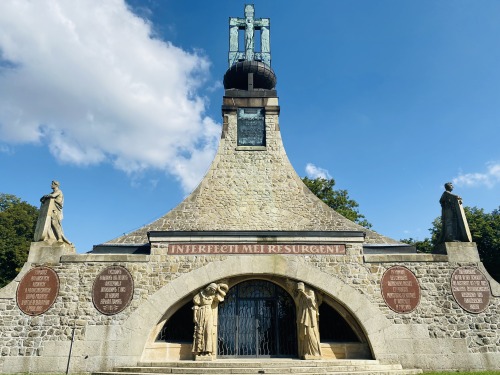
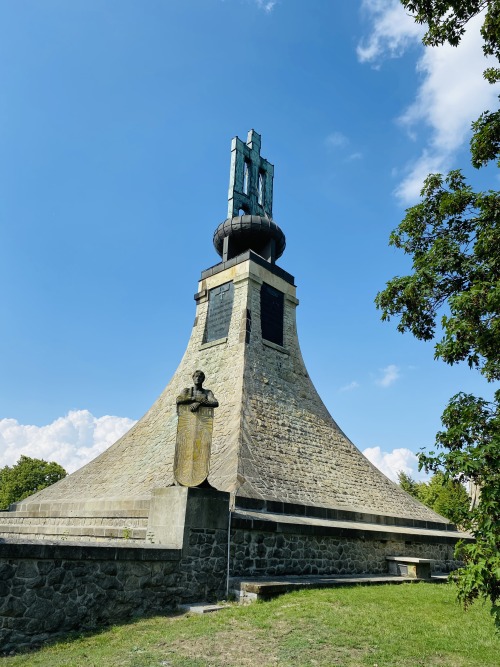
Napoleon’s army, outnumbered, had been withdrawing before the Russo-Austrian advance throughout late November 1805. Hoping to lure his enemies into a decisive battle, he deliberately abandoned a strong position on the Pratzen Heights, hoping to lure the Allies into taking it. They duly did.
Napoleon adopted a defensive stance along a stream known as the Goldbach. He deliberately weakened his right flank at the villages of Tilnitz and Sokolnitz, hoping the Allies would try and attack him there while knowing he had reinforcements marching from Vienna bound for that location.
While the Allies were lured off the heights they had first been lured onto, Napoleon would then strike at their weakened centre, taking the ridgeline.
The battle began early on 2 December with an Allied assault on the village of Tilnitz. This quickly spread to neighbouring Sokolnitz. Both locations were the scene of ferocious fighting throughout the day as they were taken and then retaken, possibly as many as five times.
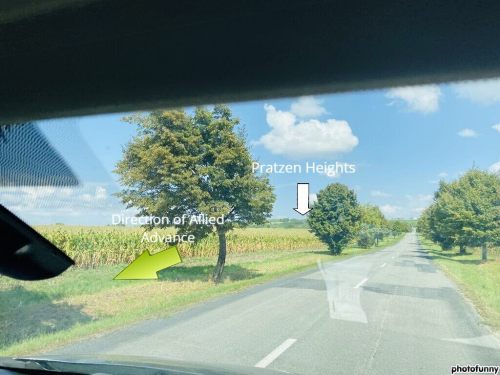
These are barns in Sokolnitz that were using as strong points by both sides, and later as makeshift prisons for captured Russians.


Sokolnitz castle, another centre of the fighting in this southern sector of the battlefield. It’s now an old people’s home.
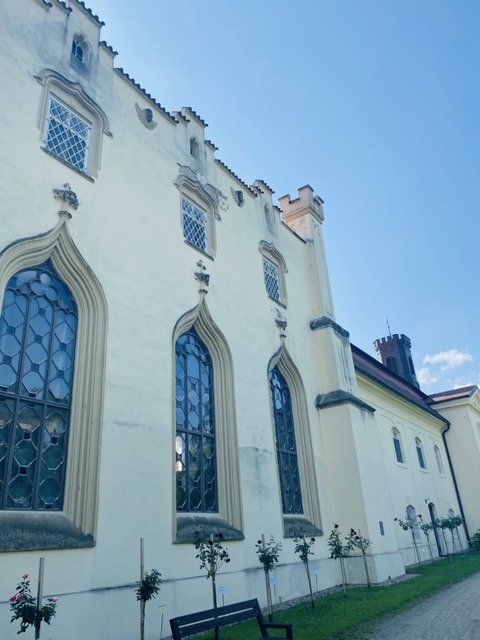
By mid-morning 3 of the 4 main Allied columns had moved down off Pratzen Heights to attack Tilnitz and Sokolnitz. The 4th was still on the heights however, as it had been disrupted by Allied cavalry who moved through it heading for the north of the battlefield.
General Kutuzov, a veteran Russian commander, didn’t want to leave Pratzen largely undefended, but the Russian Tsar, Alexander, ordered him down. Before he could, however, Napoleon struck.
This is the view from the highest point of the Pratzen heights looking out over Pratzen village towards the French centre. On the day of the battle there was a heavy fog, so it was impossible to see French forces massing for the masterstroke here.

The French advanced and, after overcoming their shock, the Allies scrambled forces to intercept and stop them seizing the ridgeline. Heavy fighting flared in Pratzen village itself, and along the slopes.

This is the view from the opposite side. Napoleon spent the morning on Zuran hill. Here we see what Napoleon would have looking towards the Allied centre on Pratzen Heights.


While all this was happening, fighting also flared in the northern sector of the battlefield, around the villages of Holubitz and Bosenitz. A ferocious cavalry engagement developed in these fields.

The deaths of an estimated 7,000 horses are commemorated here, on ground that now holds a functioning stable.
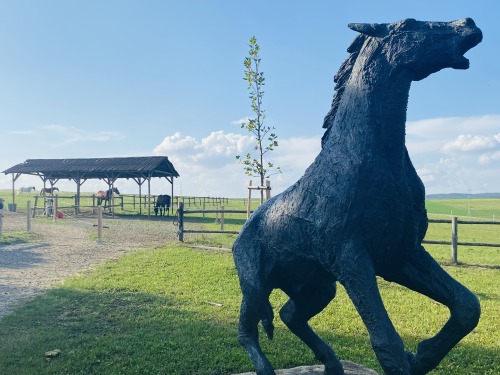
Both sides fought hard, but the French proved more adept at small-scale tactics, with proper support between infantry and cavalry, while the Allied cavalry tended to fight unsupported.
(There’s going to need to be a part 2 as I can only upload so many images to one post, thanks tumblr)